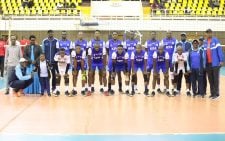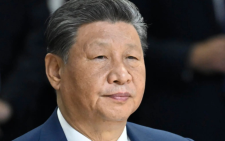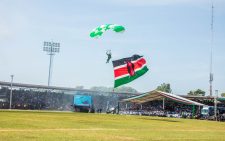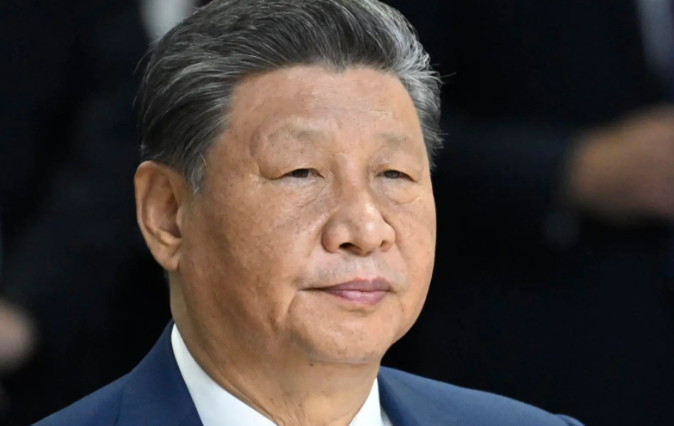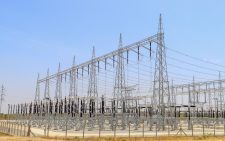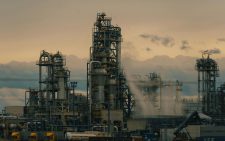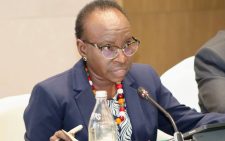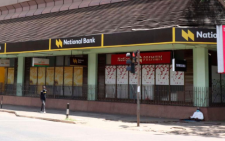Manduku gives assurance on the future of Mombasa port
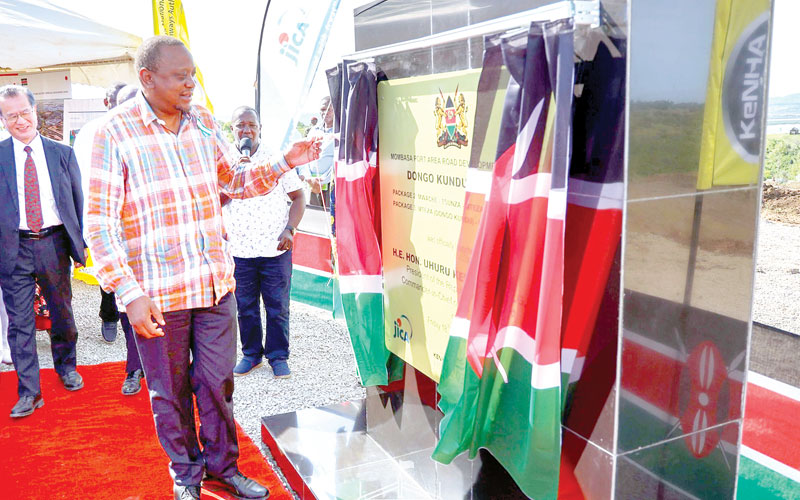
As the government heightens efforts to develop multiple port projects in the coastal region, questions are emerging on whether these projects are healthy for Mombasa port.
The projects, currently in different stages of development, include the second commercial port in Lamu under the Lamu Port South-Sudan Ethiopia Transport (LAPSSET) corridor project, the upcoming Shimoni port and Dongo Kundu special economic zone.
Concerns have been raised as to whether the three projects could end up cannibalising Port of Mombasa after they become fully operational, and what they mean to the mother port.
However, for Kenya Ports Authority (KPA) Managing Director Daniel Manduku, there is no cause for alarm.
He says given the three ports are defined by separate functionalities which are unique to each one of them, adding: “It is likely that each of the ports will ultimately end up specialising in its core functions.
Manduku envisions Mombasa port specialising in container traffic, Shimoni port settling for fishing, and Lamu Port specialising in trans-shipment cargo.
“There is absolutely nothing to fear because these are sister ports and therefore there is no conflict at all… For me, I see each port specialising in its own area in the end,” he says.
Manduku adds that the three projects – Lamu Port, Shimoni Port and Dongo Kundu special economic zone, are anchored on two contexts with the first context being within the Blue Economy.
While referring to the first-ever international conference on blue economy hosted in the country last year, the KPA boss says there were commitments made by various government agencies to grow the country’s blue economy potential so that Kenya can “unlock the many opportunities that are currently not being utilised.”
In this regard, Manduku notes, Shimoni Port was identified as a key enabler in the specific area of fishing.
Fishing trawlers
“We understand that for many years foreigners have harvested fish from our shores. When we were in school we used to read about the fishing trawlers from Japan and Chinese vessels but now we are saying we are at a point where we can do it ourselves as Kenyans,” he says.
“It is towards this end KPA management made a decision to develop a new berth in Shimoni ,” Manduku adds.
The Shimoni berth, he says, will have an overall length of 150 metres where large vessels, specifically for fishing can dock.
Besides, he adds, KPA is also developing cold fish storage and processing facilities.
This facility will be given to a private sector player so that it can leverage efficiencies and expertise of the private sector in the marketing chain, the processing and even in expansion.
“We are also developing a fish market, we want people to come and buy the best sea products from Shimoni. We have already acquired land from ministry of Fisheries under a presidential directive and we are about to embark on the engineering, procurement and construction phase,” Manduku says. KPA will finance the project but ultimately and later lease to private sector players who have the experience and the aptitude for fishing. KPA will remain with the berth.
Offloading cargo
“We shall develop the berth in a way that it will be a multi-purpose facility with the possibility of offloading cargo when fishing is not ongoing,” he adds.
Regarding Lamu Port, which is one of the flagship infrastructure projects identified by the Government in the Kenya Vision 2030, Manduku says berth number one is ready and is due to be commissioned before the end of the year.
The port is expected to attract larger cargo ships and if run efficiently will also provide direct benefits within the region by passing on savings derived from lower marine costs due to faster ship turnaround time and at the same time reducing the cost of doing business.
On Dongo Kundu special economic zone, Manduku says the government intends to use it as an industrial hub with a view to reversing the trend where by 80 per cent of the country’s shipping industry is concentrated on imports with only 20 per cent going out as exports.
“We know that by establishing special economic zones we shall be in a position to start manufacturing some of the things we need locally and therefore strategically be placed to start exporting,” he adds.
